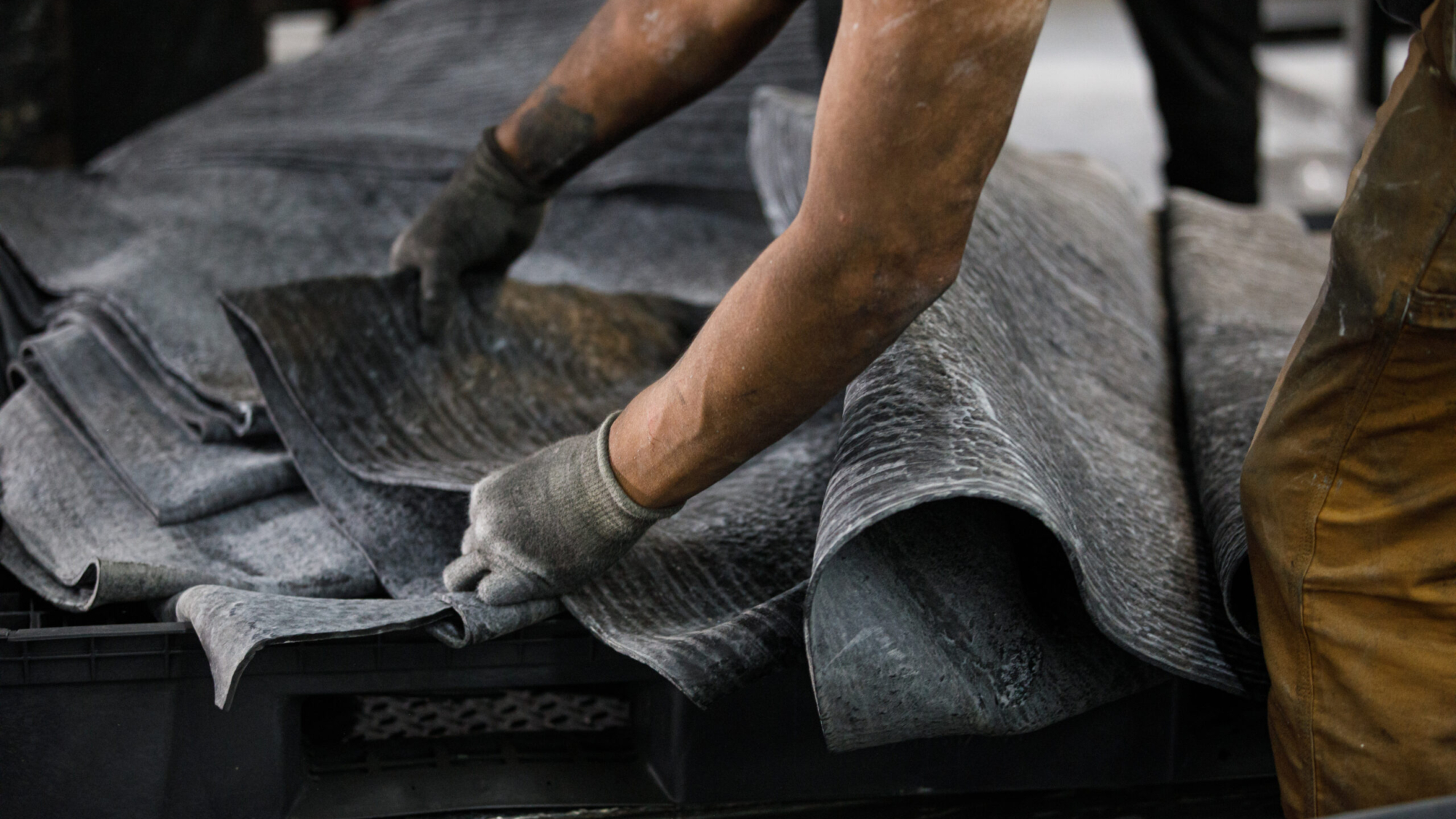With so many common uses, you’d think most people would know a little bit more about rubber. If you don’t, that’s okay, we’ve rounded up a few of our favorite quick facts about the industry just for you!
Rubber is used in more products than you may even realize. Aside from tires, there are also gloves, cookware, shoes, hoses, floor mats, and much, much more. Here at American Phoenix, we are pretty passionate about the stuff and love to share what we know. Here are a few facts about the rubber industry that may just surprise you.
Rubber Grows in Trees
Hevea brasiliensis (otherwise known as the Pará rubber tree) is a flowering plant native to South America that is the primary source of natural rubber. Similar to the process of gathering maple sap, the bark of these trees produces latex which can be collected through tapping.
Supply is Based on Plant Growth Cycle
After a rubber tree is first planted, it can take approximately five to six years for it to begin producing latex, and up to ten to reach a consistently high level. While the tree may be able to continue producing latex for up to thirty years, it is important to remember that the supply of natural rubber materials is, in fact, left mostly up to nature.
Higher Demand for Natural Rubber
Aside from tires, natural rubber is often preferred over synthetic due to its higher quality. Industrial Rubber Goods notes that “natural rubber is the preferred choice when making surgical gloves and drapes, contraceptives, shoe soles, nipples on baby bottles, rubber bands, [and] even carpet backing.”
Multi-Step Process
During manufacturing, rubber goes through an extensive process that turns it from its natural sticky and brittle form to be much more durable and useful. The main steps include masticating (being pressed by mechanical rollers), mixing in additional chemicals, calendaring (squishing into shape) or extrusion (squeezed through specially-shaped holes), and vulcanization (cooking with added sulfur).
Rubber can be Recycled
As a more eco-friendly solution to discarding material scaps, old rubber products (such as tires) can be recycled and reclaimed for new purposes. One popular use involves creating low-impact flooring for hospital floors, playgrounds, and athletic fields.
Did you learn something new today? We hope so! If you’d like to learn even more in-depth facts about the rubber industry, check out our careers page to join our knowledgeable team.

